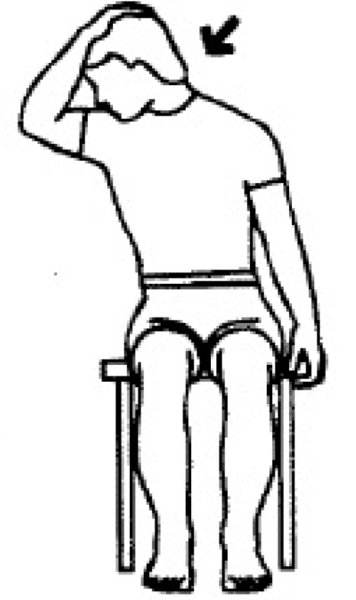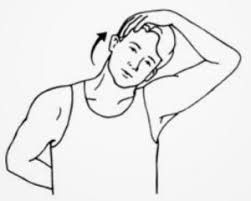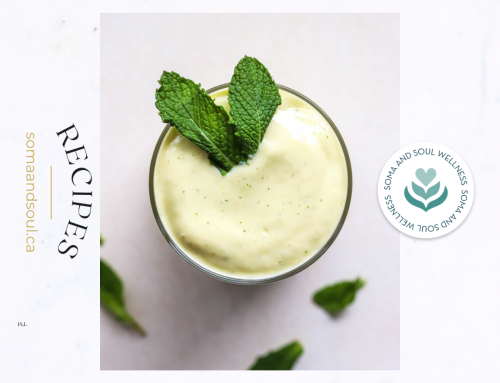The weather is turning colder which means ‘Winter is Coming’ (insert Game of Thrones background music here). But seriously, the winter is creeping up on us just like our shoulders are creeping up to our ears. The only symptom you might notice is neck and shoulder pain or stiffness because of the way we protect our bodies to stay warm is unconscious. The moment the temperature outside drops to single digits its almost a reflex to loses the space between the shoulders and ears.
In Osteopathy, one of the governing principles is “structure governs function” and vice versa. When there is a pathological change in a person’s structure, the structure and how it functions is affected. For example, when your shoulders hunch in response to the cold, your shoulder position, muscles and neck are all impacted. As a result, you may experience pain, tension, headaches, shoulder pain, and neck stiffness.
Shoulder movement is complex. If you shrug your shoulders, your shoulder blade glides over your ribs, the movement of your shoulder joint (ball and socket) and movement of the collarbone are all involved.
Poor posture, such as shrugging puts a lot of stress and pressure on the various muscles in the neck and back. The two main muscles involved in the action of shrugging are the upper trapezius and levator scapulae. Over time, if these muscles are continuously being forced to elevate the shoulder blade for extended periods, one may begin feeling persistent neck and shoulder tightness/discomfort, limited range of motion, and headaches may occur.
Here are some ways you can help reduce your neck and shoulder pain.
- Be more mindful of your shoulder position when outside in the cold and try to relax your shoulders back to their resting state.
- Bundle up when the temperature gets cold.
- Stretch the tight muscles.
Levator Scapulae Stretch
In a seated position, hold your head with the right hand and gently pull it at an angle toward the underarm. Keep the shoulders down and back straight. Repeat on the opposite side. Hold for 30 seconds.

Trapezuis Stretch
In a seated position, hold the left side of your head with the right hand and gently pull it toward the right shoulder. Keep the shoulders down and back straight. Repeat on the opposite side. Hold for 30 seconds.

- See your Osteopathic Manual provider. Treatments can help alleviate the tightness of these muscles and normalize the structures altered from their normal resting place.
Please click here to book an appointment with our Osteopathic Manual Therapist, Jesseny Rojas.




